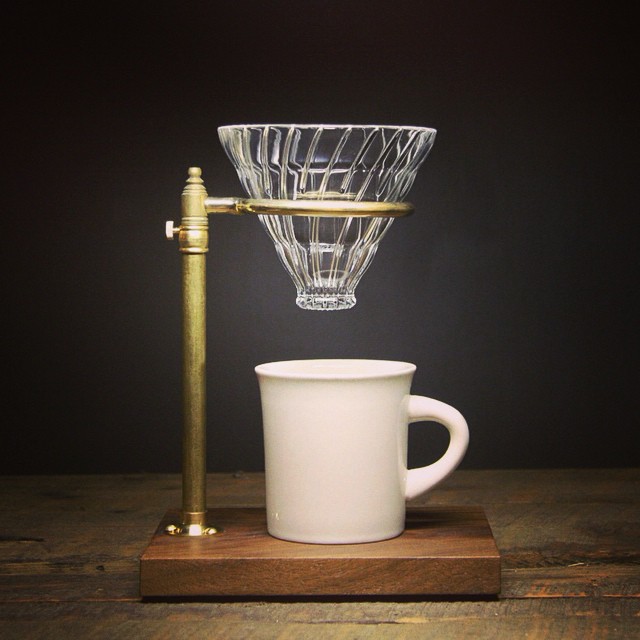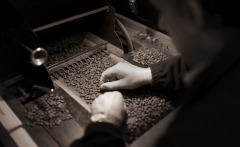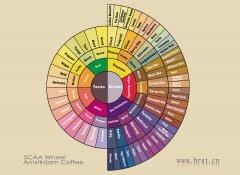Colombian boutique coffee beans introduce Huilan peach and plum valley
Three Colombian micro-batch beans: Cymbidium peach plum valley, Cymbidium Mercedes Manor, Golden Dior Mountains.
Ikila City, where Taoli Valley Manor is located, has more than 300 years of history and culture, and the vast and sparsely populated natural environment has created favorable conditions for coffee cultivation. Ikila is located in Huilan province near Cauca province, so it combines a variety of high-quality characteristics of coffee from the two original areas. It not only has the notes of sweet flowers and fruits in Cauca producing area, but also has the finish of mellow grape sour red wine in Huilan producing area. The collision of the soil of the two high-quality producing areas gives this "Peach and Plum Valley" manor coffee with medium and high mellow and acidity, clean texture accompanied by rich and lasting sweetness of brown sugar, balanced and soft taste as smooth as silk, as if swimming between the peach and plum valleys.
Area of origin: Cymbidium province, Ikira producing area
Landowner: Jesus Hernan Ledezma
Name of manor: peach and plum valley
Planting conditions
Altitude: 1869 m
Average temperature: 17-23 °C
Annual rainfall: 1597mm
Planting area: 1.68 ha
Proportion of tree species: 93% CASTILLO, 3% CATURRA
Month of production: may-July
As one of the most famous high-quality producing areas in Colombia, the name Huilan has long been familiar, but coffee growers here are not reconciled to the past, and are constantly exploring and growing better and more distinctive micro-batch coffee every year.
In the city of Acevedo in Huilan Province, in the producing area of the manor owner Mercedes Narvaes (Mercedes Narvaez), a micro-batch of Cymbidium coffee with rich sweetness and pure and balanced taste was produced. While the medium to high acidity and medium mellow, with dark chocolate, Hawthorn and vanilla flavor and aroma, the latter part retains the green apple aftertaste, but also sets off the silky and flawless taste of Cymbidium coffee to the extreme. Use traditional ancient methods to plant and resist diseases, promote and use the ecological concept of sustainable development to manage and control coffee producing areas, and pass 4C certificate certification. We have to lament the Colombian growers' unique methods and techniques for the treatment and cultivation of coffee.
Planting conditions
Altitude: 1550-1700 m
Average temperature: 17-23 °C
Relative humidity: 65-80%
Annual rainfall: 1200-2000mm
Planting area: 2.78 ha
Proportion of tree species: 64 CASTILLO, 36 CATURRA
With regard to Colombian coffee, the first thing that comes to mind is the coffee golden triangle, which is collectively called the coffee triangle by the provinces of Caldas, Quind í o and Risaralda. It produces the best coffee in the world and is the source of the mellow aroma of Colombian coffee.
Quind í o-Cordillera is located in the central part of Colombia, between the West Cottrella Mountains and the Central Cottrela Mountains in the Andes. The vast expanse here, the great Antioquia (Antioquia) with their modesty, diligence and continuous progress, work in the mountains to create the treasure here-Quind í o coffee. Overlapping mountains are not only a challenge to them, but also a protective barrier. They are the founders of coffee culture, and their belief in inheriting ancient methods has made their culture popular in the triangle and even around the world.
The high-altitude planting environment and suitable climatic conditions make the coffee in Quind í o region exude a strong aroma of fresh red fruit, while the inheritance of ancient methods is not only the precipitation of time, but also brews the fragrance of red wine. Medium high acidity and medium mellow, such a balanced taste with endless aftertaste, only the deposition of time can make it so natural.
The development and prosperity of the coffee triangle area has also led to the tourism of the coffee plantation. The local beauty attracts many tourists to come and feel the enthusiasm and friendship of the local people. This is the charm of the coffee culture, and the unique magic here also makes tourists linger.
Planting conditions
Altitude: 1200-1800 m
Average temperature: 18-22 °C
Annual rainfall: 1800-2800mm

Important Notice :
前街咖啡 FrontStreet Coffee has moved to new addredd:
FrontStreet Coffee Address: 315,Donghua East Road,GuangZhou
Tel:020 38364473
- Prev

Honey-treated beans from the three sisters of Mantenin and lemon tree estates
From Lake Tawa, Aceh Province, North Sumatra, Indonesia, located in the mountains near Takengon village. The coffee purchased this time is a combination of honey treatment and traditional Indonesian wet planing. First remove the pericarp, dry the moisture content to about 30%, then remove the endocarp, and then dry to complete. Coffee treated in this way exhibits both the alcohol of traditional Indonesian coffee
- Next

The difference between Coffee Grinder Coffee Grinder, Ghost Tooth and flat Coffee Grinder
There are many paradoxes in the coffee industry. There are many very simple reasons to pretend to be more sophisticated than nuclear projects. Full of nonsense data, plus a meaningful smile! Coffee is a drink, and if it doesn't taste good, it's zero! If it doesn't taste good, don't pull the data! Here is some practical information, many people are entangled in the bean grinder. Which of the three different types of knives is better: conical knife, flat knife, ghost tooth? All kinds of data
Related
- Detailed explanation of Jadeite planting Land in Panamanian Jadeite Manor introduction to the grading system of Jadeite competitive bidding, Red bid, Green bid and Rose Summer
- Story of Coffee planting in Brenka region of Costa Rica Stonehenge Manor anaerobic heavy honey treatment of flavor mouth
- What's on the barrel of Blue Mountain Coffee beans?
- Can American coffee also pull flowers? How to use hot American style to pull out a good-looking pattern?
- Can you make a cold extract with coffee beans? What is the right proportion for cold-extracted coffee formula?
- Indonesian PWN Gold Mandrine Coffee Origin Features Flavor How to Chong? Mandolin coffee is American.
- A brief introduction to the flavor characteristics of Brazilian yellow bourbon coffee beans
- What is the effect of different water quality on the flavor of cold-extracted coffee? What kind of water is best for brewing coffee?
- Why do you think of Rose Summer whenever you mention Panamanian coffee?
- Introduction to the characteristics of authentic blue mountain coffee bean producing areas? What is the CIB Coffee Authority in Jamaica?

